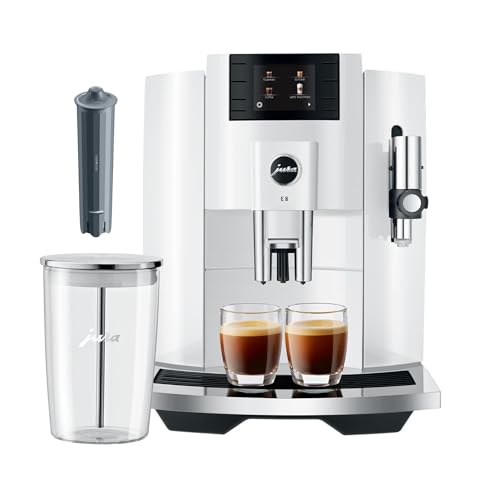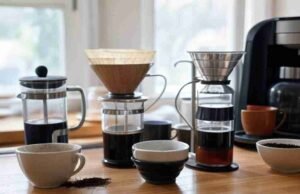Flat White vs Latte: What’s the Difference?
If you’re a coffee aficionado, you’ve probably heard of both the flat white and the latte.
They might sound identical, but when you drill down into the details, you’ll discover they offer very distinct experiences in your cup.
In this post, we’ll pit flat white vs latte, so you can order the perfect drink based on your taste and brewing goals.
What Is a Flat White?
A flat white originated in Australia or New Zealand (depending on who you ask) in the 1980s.
It is a double shot of espresso topped with steamed milk that has been carefully textured to a thin microfoam.
Key characteristics:
Size: Typically 5–6 ounces
Milk Texture: Smooth, silky microfoam
Taste: Strong espresso flavor with just a thin layer of silky milk
Milk to Coffee Ratio: Less than a latte
Flat whites are famous for bringing out the flavor of the espresso and adding just enough milk to soften the bitterness without overpowering it.
What Is a Latte?
A latte—a shortened form of “caffè latte” in Italian—means “milk coffee.”
It’s one of the most popular espresso drinks in the world.
Key characteristics:
Size: Typically 8–12 ounces
Milk Texture: Thin and creamy, with a thicker layer of foam than a flat white
Flavor: Milder coffee taste due to higher milk content
Milk to Coffee Ratio: Higher than a flat white
A latte is a much more milky, creamy beverage than a flat white and is ideal for those who prefer a weaker coffee flavor.
Key Differences Between Flat White and Latte
FeatureFlat WhiteLatteSize5–6 oz8–12 ozMilk TextureThin, velvety microfoamCreamy, with a thicker foam layerEspresso FlavorStrong and dominantMilder and creamierMilk-to-Coffee RatioLowerHigherPresentationSmaller cup, denser textureLarger cup, more volume
Which One Should You Choose?
Choose a flat white if you prefer a strong espresso taste but still a smooth, silky texture.
Choose a latte if you prefer a milkier beverage with a less intense coffee taste.
If you’re working on your home barista skills, mastering both drinks is a great way to practice milk steaming and pouring techniques.
(İç linkleme için öneri: Eğer bir yazın varsa How to Steam Milk at Home Without an Espresso Machine yazına “practice milk steaming” ifadesine link verebilirsin.)
How to Make a Flat White or Latte at Home
For a Flat White:
Pull a double espresso shot.
Steam milk to around 150°F (65°C), creating fine microfoam.
Pour the milk over the espresso gently, retaining a thin layer of foam at the top.
For a Latte:
Pull a single or double shot of espresso.
Steam additional milk, with a little more foam.
Pour into a larger cup, layering milk and foam over the coffee.
Final Thoughts
Flat white vs latte — you now know the difference!
Both are tasty in their own right.
Attempt to create each at home, and you might just discover a new morning favorite.
Whether you require the kick of espresso or the solace of steamed milk, mastering these two beverages will definitely elevate your at-home coffee to the next level.

















